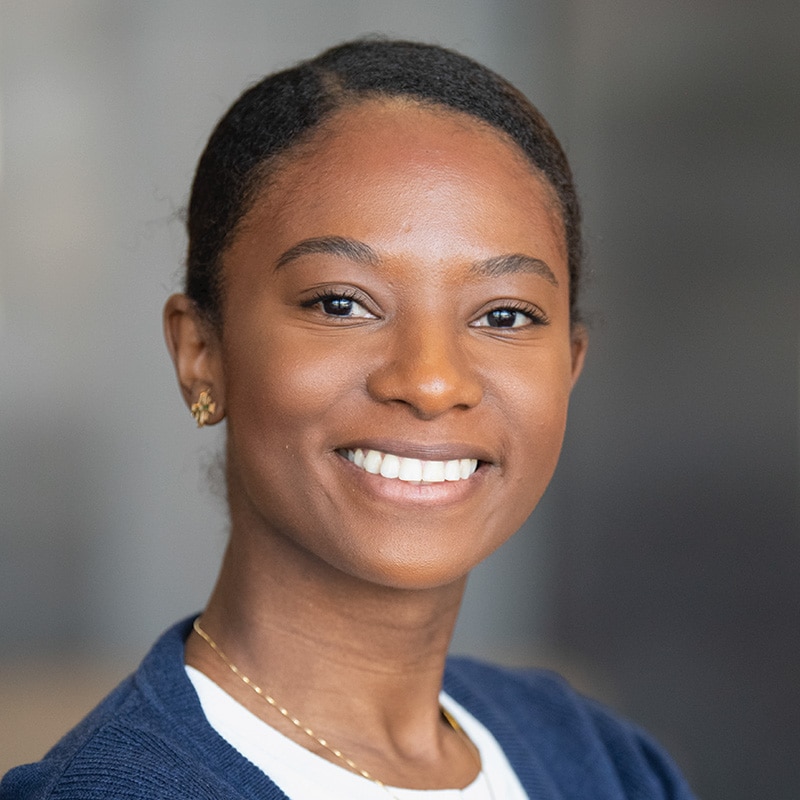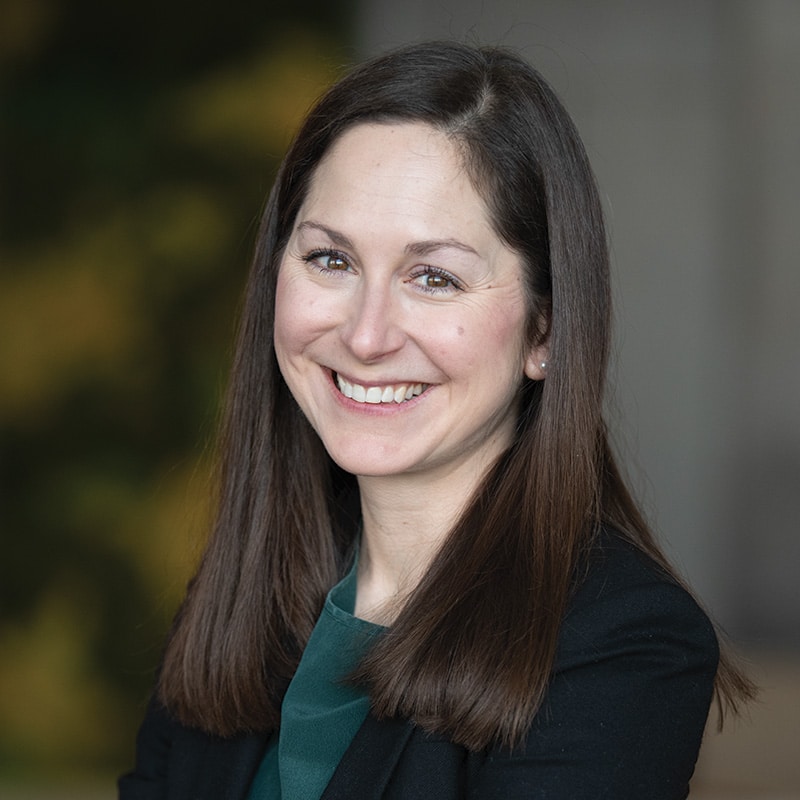The US child welfare system incentivizes a reactionary rather than a proactive response, resulting in cases of child abuse and neglect that could have been avoided. Within the system, well-established business models and federal financial incentives are designed to see and serve families who are in crisis. Effectively, the system focuses on child safety and intervention after an allegation of abuse and neglect rather than on child well-being, which we define in this report as more holistic than just safety.
Reactive interventions alone should not be the norm. A more holistic approach that also proactively focuses on identifying the root causes of, and offering solutions to, issues that children and families face (e.g., poverty and lack of resources or support) is required to promote well-being. In a more holistic and prevention-inclusive system, government agencies are best suited to provide funding and support, whereas community-based organizations (CBOs) may be better equipped to provide prevention-oriented services.
Altering business models to embody a proactive approach will support the development of an ecosystem that prevents child abuse and neglect as well as one that responds after it has occurred. Several state governments and child welfare CBOs are enhancing their focus on prevention by prioritizing children’s and families’ needs, the drivers of health (DOH), and/or the “Strengthening Families Protective Factors Framework.” However, these efforts are not without challenges.
With the introduction of the Family First Prevention Services Act (FFPSA), a new funding source that incentivizes prevention and expands Title IV-E funding, more states and CBOs are able to overcome some of these challenges and proactively address families’ basic needs, not just ensure child safety once maltreatment is suspected. But a shift in incentives alone is not sufficient to change the system, the business models that function within it, or the outcomes that result. To deliver on prevention effectively and sustainably, new business models are required. The Christensen Institute’s business model framework helps explain why this is and how leaders can respond.
We researched prevention-oriented CBOs and prevention-enabling government agencies to understand what makes their approaches different and impactful. Since there is an array of CBOs providing services to the community, we focused on CBOs that are known to provide services related to child welfare.
Our research provides a blueprint for how CBOs and government agencies that want to support prevention and create a child well-being system can set up their business models to succeed.



